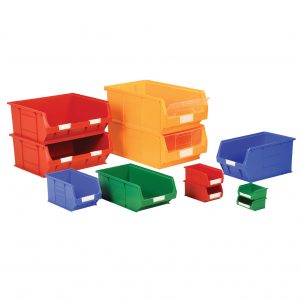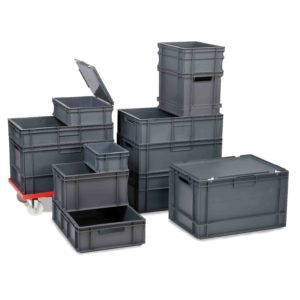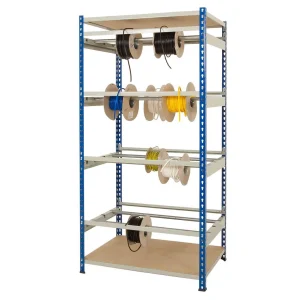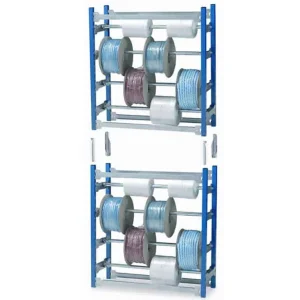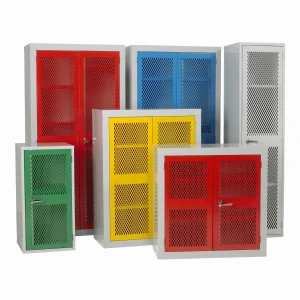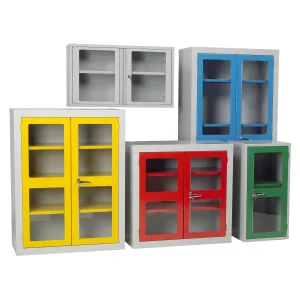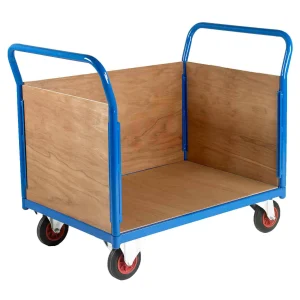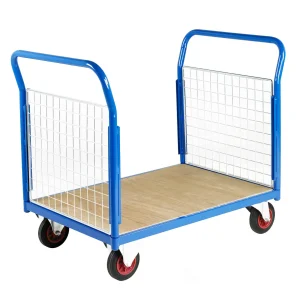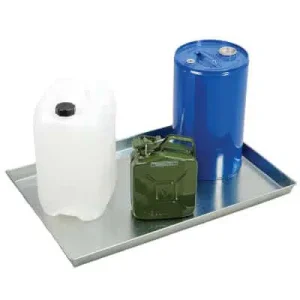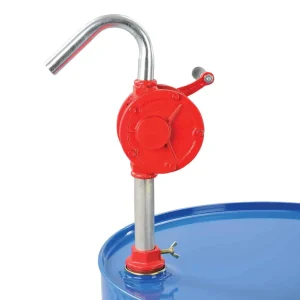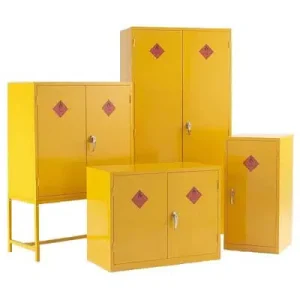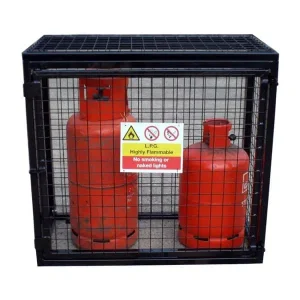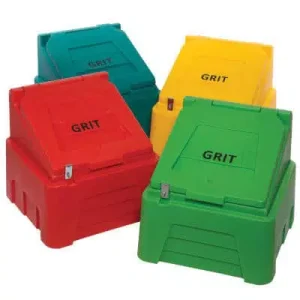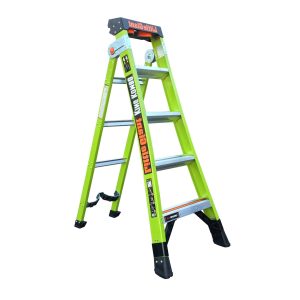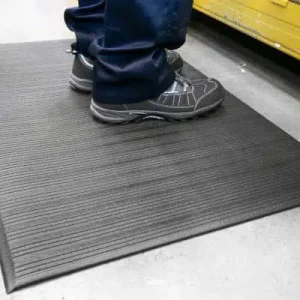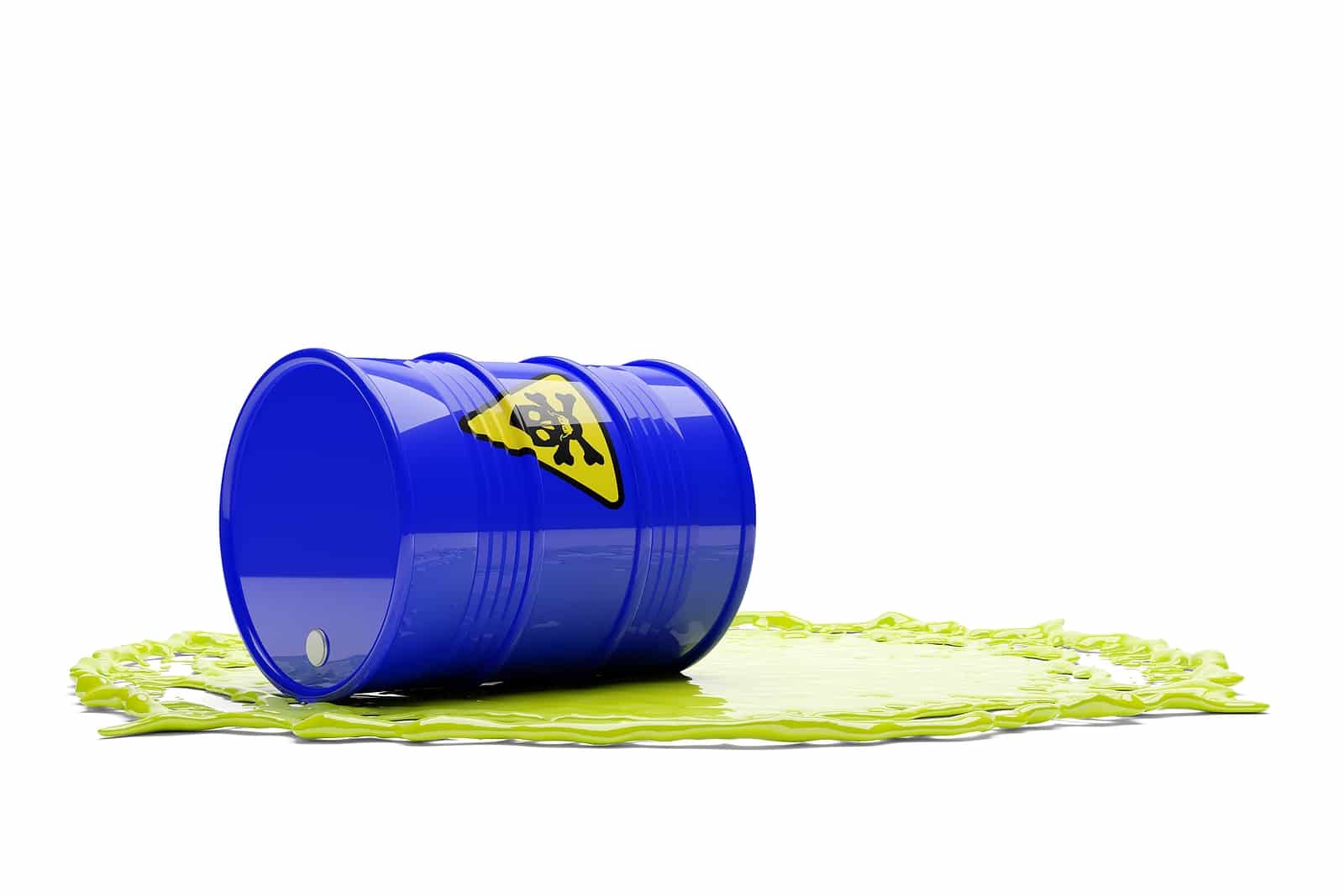
Spill cleanup is a vital component of many jobs, but what do you do if the spill is a hazardous material? Unfortunately, you cannot clean up materials that might be a health hazard the same way you might do another substance, such as excess water or a gentle cleaning solution. Not sure how to clean up hazardous spills or if your spill is hazardous at all? Read on to learn more.
What Constitutes a Hazardous Spill?
Many hazardous chemicals are a detriment to human, animal and environmental health. These types of spills will require a special procedure to clean, and it is vital to know what to do if you work with or handle hazardous waste and other liquids that might result in chemical spills.
Hazardous spills will involve any liquid that has one or more of the following properties:
- Corrosive substances, which can harm the skin and damage other surfaces
- Flammable substances, which can harm the skin and also increase the risk of fire after a spill occurs
- Toxic substances, either to the surface of the skin via the liquid itself or the lungs and eyes via the fumes
The following are a few common examples of hazardous liquids you might spill at home or work:
- Acids
- Adhesives
- Disinfectants
- Fuels, including diesel, petrol and kerosene
- Paint, especially those that contain traces of metals
- Pesticides
- Solvents
Spills can occur in a residential, industrial, commercial or even a public setting, so they affect many of the spaces we might use or work in every day. The best way to clean up spills is to use a product from our range of spill response kits, which has options for spills of up to 500 litres.
You can browse and buy online with free UK delivery. Please feel free to get in touch with us if you have any questions about a spill kit or another product that we sell.
How to Clean Up Hazardous Spills & Procedures
Before you clean up materials that might be hazardous, the first thing you need to do is identify the scale of the problem. Is it a big spill or a small spill? This will give you an idea of the right capacity spill kit to use. Spill kits usually contain the following components:
- A bin or bucket with a set litre capacity, to dispose of the spill after cleaning
- Absorbent pads, which will soak up liquid
- Socks or snakes, which are placed around the perimeter of the spill to contain it
- Cushions, which absorb oil and repel water
- Waste disposal bags, for safely containing used parts of the kit

The following is a general procedure that highlights the basics of what to do in the event of a spill. You will need training before you can safely clean up a hazardous spill:
- Use PPE: Before cleaning the spill, you need to wear personal protective equipment (PPE), which will make sure that you keep your skin protected and your airways free of fumes. Gloves and masks are the minimum required, but every chemical is different.
- Address the source of the spill: Whether it is an upturned barrel of oil or a leaking container of acid, the first thing to do is to stop the spill from getting worse. Upright any containers and stop the source of the spill immediately.
- Use socks to protect sensitive areas: You can protect equipment, drains or carpeted areas by placing a sock around them, these form barriers to the spill. Socks are easy to place around any obstacles a spill might affect. Beware you may need more than one!
- Place pads on the liquid: Place the pads on top of the spill to stop it from spreading. The pads will suck up the liquid and immediately reduce the scale of the problem. A spill kit can contain 100s of pads, so do not be shy and place them anywhere needed.
- Place warning signs around the spill: In an industrial, commercial or public environment signage is very important. A simple ‘Wet Floor’ caution sign will suffice but remember you may need more than one sign for very large spills.
- Dispose of used pads and socks: Once all of the hazardous spill has been absorbed you can dispose of the pads and socks in a disposal bag, which will be included in the spill kit. Ensure you continue to wear PPE while you tightly seal the disposal bags.
Different chemicals have different procedures for safe disposal, so make sure you check out the manufacturer’s recommendations. It may be possible to clean and reuse an upturned container, but leaky containers must be replaced. You can use a broom to sweep up debris after the spill.
Remember, any person working in an area where a hazardous spill might occur will require training before attempting to clean up the liquid. The above steps are only a general guide. In some extreme cases, evacuating the premises after a hazardous spill will be necessary.
Buy Spill Control Products & Safely Clean Up Hazardous Material
Hazardous materials require clean-up using a spill kit, which contains absorbent materials and containment socks, as well as disposal bags. Preventing hazardous spills is the best approach but if it is unavoidable a proper procedure will ensure you protect people and equipment.
Our spill kits come with instructions for a clear idea of what to do, but the right procedure to clean up a spill varies depending on the type of hazardous material. Always reference the chemical or manufacturer notes.
We offer incredible spill kits with huge capacities, which are ideal for commercial and industrial environments. Buy online and enjoy free UK delivery with our service – alongside a low-price promise! Please feel free to get in touch with us if you have any questions about our products.
